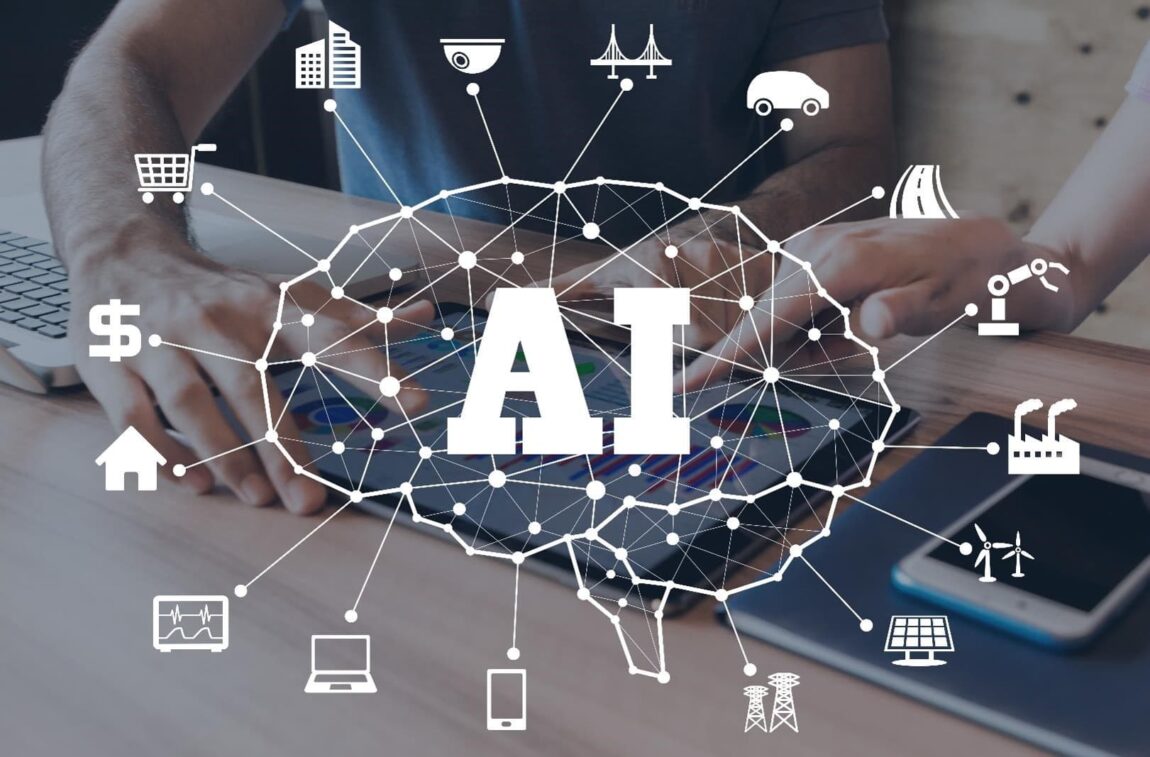
The integration of Artificial Intelligence (AI) and Machine Learning (ML) into the realms of UI/UX design and frontend development is not just a fleeting trend but a profound evolution that is reshaping the very core of how digital products are conceived, designed, and delivered. This extended discourse delves deeper into the nuances of how AI and ML are revolutionizing these fields, offering insights into their multifaceted impacts and potential future advancements.
Enhanced User Experience through AI and ML
AI and ML are pivotal in crafting user experiences that are not just functional but also intuitively align with individual user preferences and behaviors. These technologies harness the power of data analysis to offer predictive insights, enabling personalized user interactions that were previously unattainable.
- Dynamic Personalization: AI’s ability to analyze user data in real-time allows for the delivery of personalized content, recommendations, and user interfaces. This level of personalization ensures that each user’s experience is tailored to their unique preferences, increasing engagement and satisfaction.
- Automated Usability Testing: Traditional usability testing, while essential, can be time-consuming and resource-intensive. ML offers a new paradigm where user interaction data is analyzed automatically, identifying usability issues more swiftly and accurately, thereby accelerating the design iteration process.
- Accessibility Enhancements: AI has the potential to revolutionize accessibility in digital products. By understanding and adapting to the needs of users with various disabilities, AI can create user interfaces that are more inclusive, fulfilling a crucial aspect of modern web design ethics.
Transformative Impacts on Frontend Development
The influence of AI and ML extends into the domain of frontend development, streamlining processes, and introducing efficiencies that redefine the developer’s role and workflow.
- Automated Code Generation: The transition from design to code is a critical phase in web development. AI-powered tools are now capable of converting design prototypes directly into functional code, significantly reducing development time and human error.
- Proactive Testing and Debugging: ML algorithms can sift through code to predict and identify potential issues before they become problematic. This proactive approach to debugging ensures smoother, more reliable user experiences and accelerates the development cycle.
- Performance Optimization: AI can analyze patterns in user data and interaction to optimize web performance dynamically. This ensures that websites are not only aesthetically pleasing but also perform efficiently, catering to the modern user’s expectations for speed and responsiveness.
Future Trends and the Road Ahead
The trajectory of AI and ML in UI/UX design and frontend development points towards an even more integrated and sophisticated use of these technologies.
- Real-time Design Adjustments: Future AI implementations could dynamically adjust design elements in real-time, responding to user interactions and feedback. This would create a truly adaptive digital experience, where the interface evolves to meet user needs continually.
- Deeper Predictive Analytics: ML could provide unprecedented insights into user behavior, enabling designers and developers to anticipate user needs with remarkable precision. This foresight could inform every aspect of the design and development process, making digital products even more user-centric.
- Enhanced Cross-disciplinary Collaboration: The convergence of AI and ML could foster closer collaboration between designers and developers. Shared AI-driven insights and automated workflows could lead to a more integrated approach to building digital products, where design and development are seamlessly intertwined.

In conclusion, the marriage of AI and ML with UI/UX design and frontend development is ushering in a new era of digital product creation. As these technologies continue to evolve, they promise to further democratize personalization, optimize workflows, and push the boundaries of what’s possible in creating digital experiences. The future of web development, driven by AI and ML, is not just about machines taking over creative processes but about them enhancing human creativity and intuition, opening up new horizons for innovation in the digital landscape.
The symbiotic relationship between AI/ML and human creativity is set to redefine the creative process in UI/UX design and frontend development. Instead of viewing AI as a replacement for human ingenuity, it’s increasingly seen as a complementary force that augments and enhances the creative capabilities of designers and developers. AI can handle repetitive and time-consuming tasks, freeing up professionals to focus on more strategic and innovative aspects of their work. This collaboration between human and machine intelligence is poised to unlock new levels of creativity and efficiency, paving the way for groundbreaking advancements in how digital products are designed and experienced. As we venture further into this AI-enhanced era, the potential for transformative changes in UI/UX design and frontend development is immense, promising a future where technology and human creativity converge to create exceptional digital experiences.